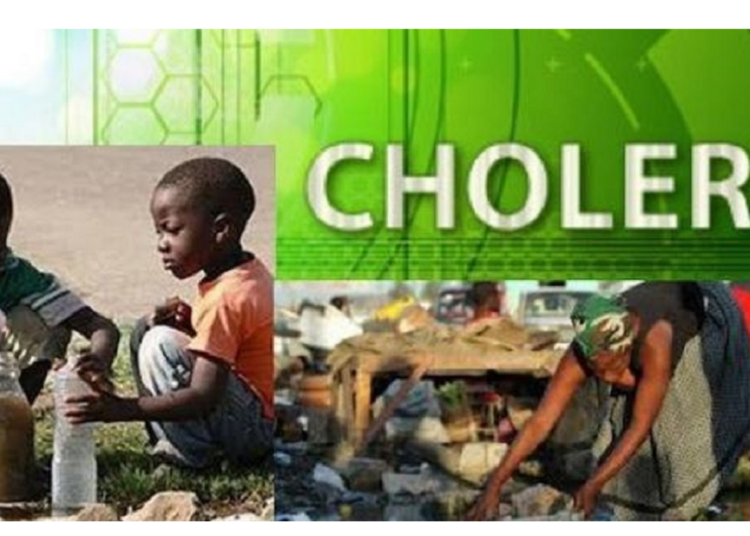Cholera is an acute diarrhoeal disease caused by Vibrio cholerae; a gram-negative rod-shaped bacterium, incident manager of the National Cholera Technical Working Group, Nigeria Centre for Disease Control and Prevention (NCDC), Mr Sebastian Yenan said, adding that the disease is a potentially life-threatening, primarily waterborne disease.
In Nigeria, Yenan said cholera is an endemic and seasonal disease, occurring annually mostly during the rainy season and more often in areas with poor sanitation, with the first series of cholera outbreaks reported between 1970 and 1990.
“Cholera disease is high during the onset of raining season. It usually peaks during rainy season, due to flooding that usually wash contaminants from pits and gutters to well, river, where people fetch water to drink, cook, wash fruit,” he explained.
The latest epidemiology report by NCDC has shown that Nigeria recorded a total of 1,336 cholera cases with 79 deaths between January and April 2nd, 2023. This is even as the infection and deaths were reported in 12 states and 43 Local Government Areas (LGAs).
The NCDC report listed the states to include Abia, Bauchi, Bayelsa, Cross River, Ebonyi, Kano, Katsina, Niger, Ondo, Osun, Sokoto and Zamfara, with the highest number of cases recorded in Cross River.
Six states, Cross River (647 cases), Ebonyi (97 cases), Abia (72 cases), Niger (38 cases), and Zamfara (28 cases) account for 96 per cent of all cumulative cases. 15 LGAs across nine states Ebonyi (4), Cross River (3), Ondo (2), Bayelsa (1), Abia (1), Katsina (1), Sokoto (1) Niger (1) and Zamfara (1), reported more than five cases each this year,” the agency report revealed.
Speaking on the mode of transmission, Yenan disclosed that while humans are the main reservoir of Vibrio cholerae; water, mollusc, fish and aquatic plants are potential reservoirs.
“The bacteria are transmitted mainly through the faeco-oral route via ingestion of contaminated food or water. Cholera transmission is closely linked to inadequate access to clean water and sanitation facilities. Typical at-risk areas include peri-urban slums, where basic infrastructure is not available, as well as camps for internally displaced persons or refugees. Humanitarian crises and the attendant displacement of populations to inadequate and overcrowded camps can increase the risk of cholera transmission,” he stated.
On symptoms, the incident manager said cholera is characterised by rapid onset of profuse watery diarrhoea (rice water stools), with or without vomiting, adding that, “It is usually not associated with fever and is highly contagious. Severe cases can lead to death within hours due to dehydration. People with low immunity, such as malnourished children or people living with HIV, are at a greater risk of death if infected.”
Meanwhile, he averred that the majority of affected people can be treated successfully through prompt administration of oral rehydration solution (ORS), while urging Nigerians to prioritize good personal hygiene, proper disposal of sewage and refuse, good hand washing practices and consumption of safe water and food.
Yenan, revealed that NCDC, with partners have deployed multifaceted approach to controlling cholera outbreaks in Nigeria. “We have been able to set up nine pillars, which include coordination; surveillance and technology; risk communications; laboratory; Water Sanitation and Hygiene (WASH); vaccination; research and case management, among others,” he stated.
Nigeria has also finalizing a five year working plan on cholera, to end cholera outbreaks by 2030, the incident manager said, even as he disclosed that there is already a vaccine for Cholera.
“Nigeria accessed the first dose of the vaccine and it was used in Internally Displaced People (IDP) camps and it was a success. So, whenever we have outbreaks, we develop a micro plan, submit to Global Task Force for Cholera Control and we access this vaccine. We have had the Cholera vaccination campaign in states like Adamawa, Borno, Kebbi, Jigawa, Bauchi and Kano, among others.”





